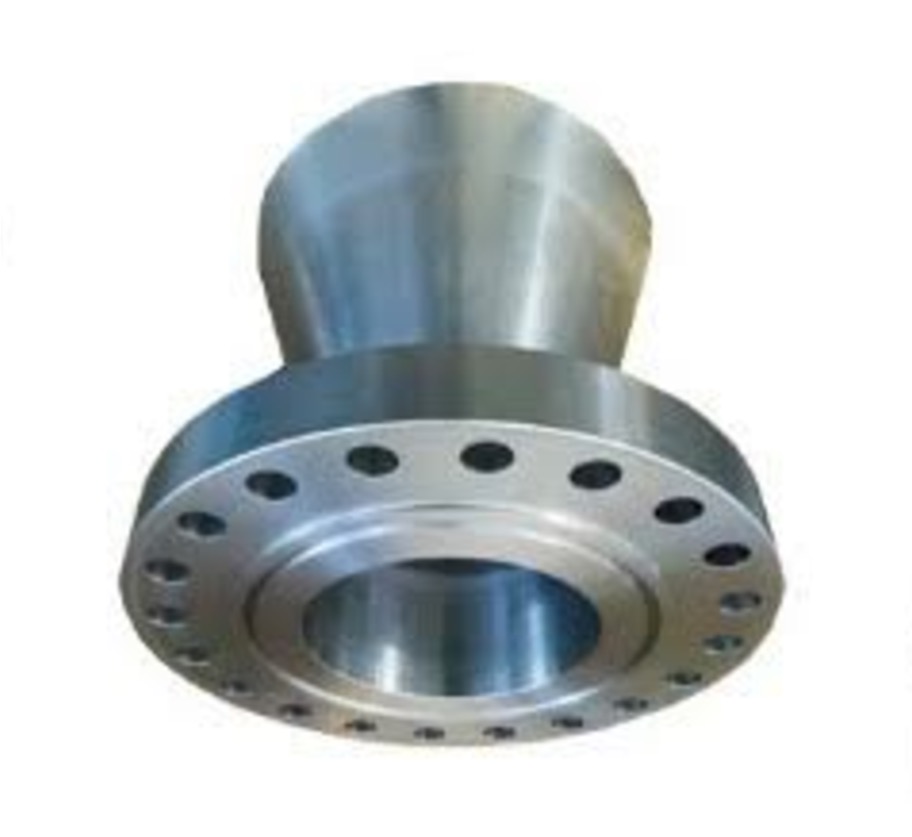Expander Flange
Expander Flange Datasheets | |
|---|---|
| Class | Raised Face |
| ANSI 150 | Expander, ANSI Class 150 (in) |
| ANSI 300 | Expander, ANSI Class 300 (in) |
| ANSI 600 | Expander, ANSI Class 400 (in) |
 Expander flange, abbreviated as EXPF, also called expansion flange, is similar to a weld neck flange but with the hub expanding to a larger size (one or two sizes). If you have limited space or just need to connect to a larger pipe size, it provides a convenient way for equipment, pumps and valves. It can replace the use of a flange and reducer. Pressure ratings and dimensions are in accordance with ANSI/ASME B16.5. This flange has a raised face.
Expander flange, abbreviated as EXPF, also called expansion flange, is similar to a weld neck flange but with the hub expanding to a larger size (one or two sizes). If you have limited space or just need to connect to a larger pipe size, it provides a convenient way for equipment, pumps and valves. It can replace the use of a flange and reducer. Pressure ratings and dimensions are in accordance with ANSI/ASME B16.5. This flange has a raised face.
This is a type of flange used in piping systems for connecting pipes of different sizes. It's designed to gradually transition from a larger diameter pipe to a smaller diameter pipe. The purpose of an expander flange is to allow for a smooth and controlled reduction in pipe diameter while maintaining proper flow characteristics. Expander flanges have a larger outer diameter (OD) on one end and a smaller OD on the other end. The larger end is typically welded or bolted to the larger diameter pipe, while the smaller end is connected to the smaller diameter pipe. This design helps prevent abrupt changes in fluid flow that can lead to turbulence, pressure drops, and other flow related issues.
These flanges are commonly used in systems where a gradual reduction in pipe size is necessary, such as when connecting a larger pipe to a pump or a compressor inlet, or in situations where flow rates need to be controlled or optimized. Expander flanges come in various sizes and materials to match the requirements of different piping systems and their operating conditions. Like other flanges, they are designed to be securely bolted to the pipes and provide a leak tight connection. Proper installation and adherence to industry standards are crucial to ensure the effective functioning of expander flanges within a piping system.

